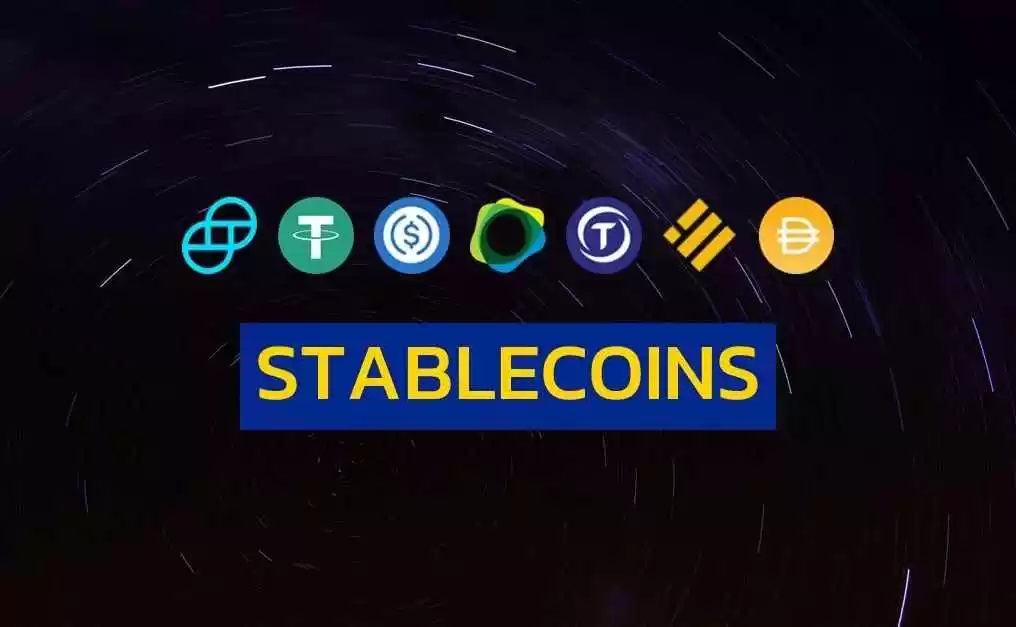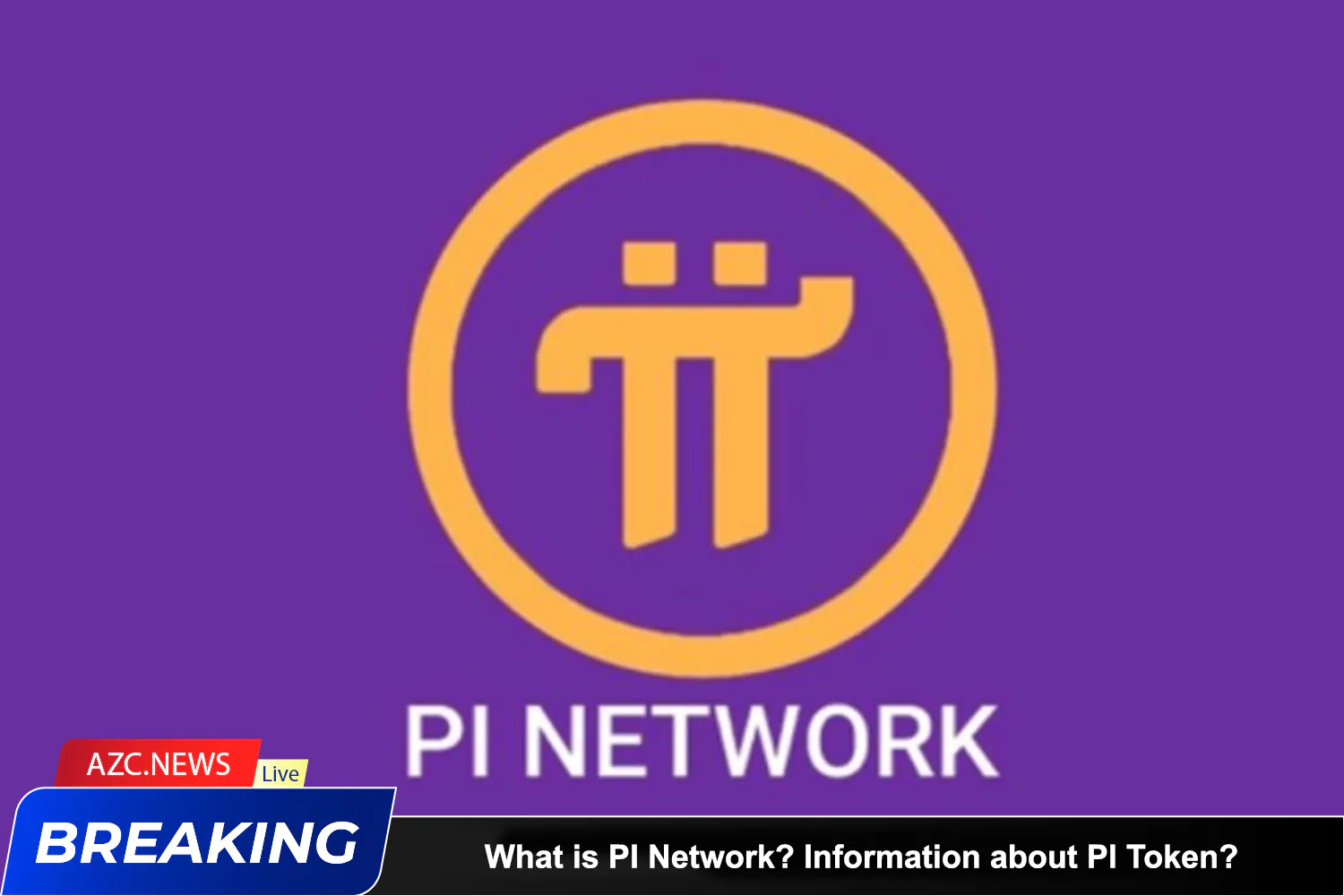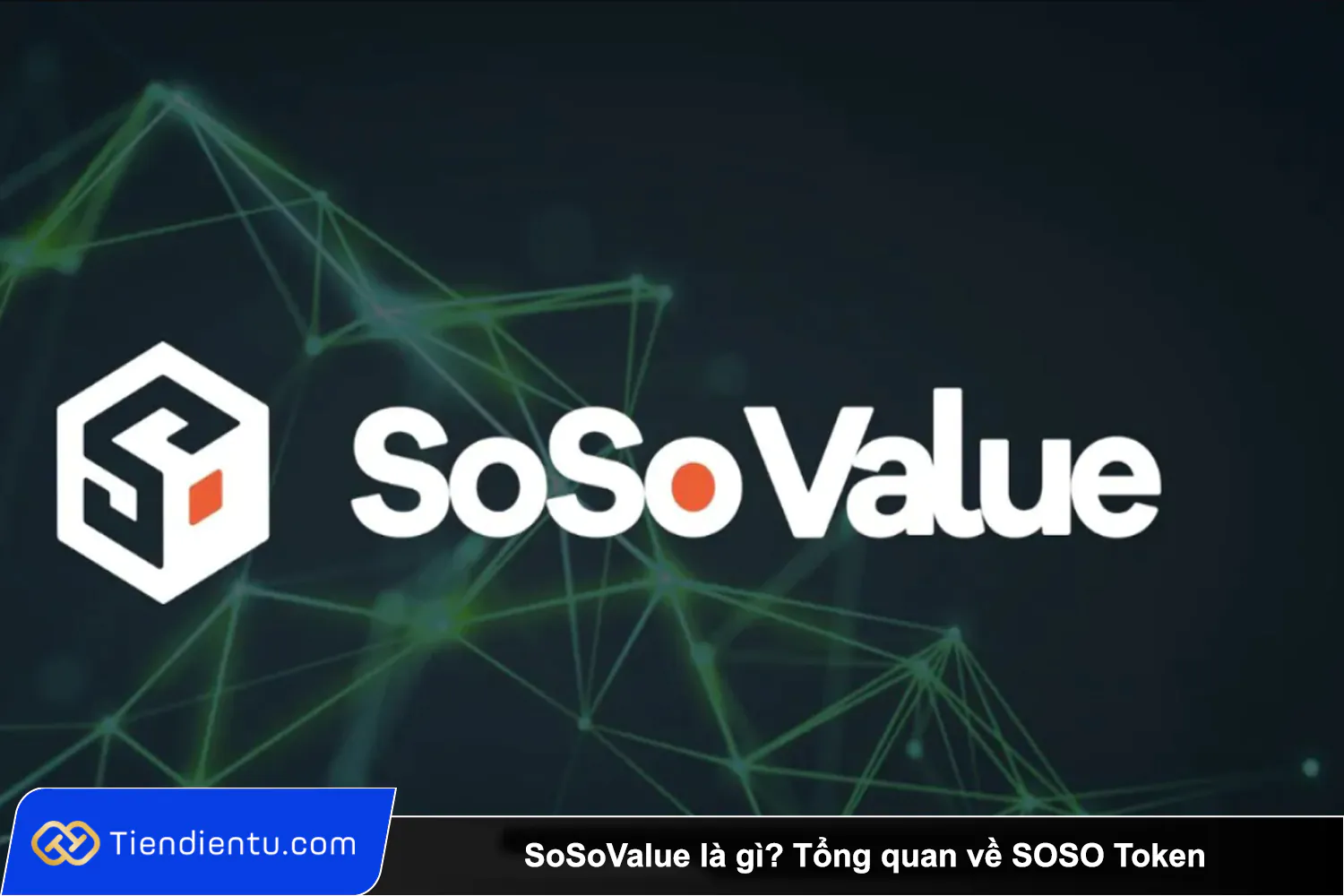The first stablecoin was issued in 2014 and since then they have gained huge traction. However, when it comes to Stablecoins, most people think of Tether (USDT) and think that Stablecoin is a cryptocurrency that is converted 1:1 by the US Dollar. But that’s not true! There are many different types of stablecoins in the Crypto market, and USDT is just one of dozens of stablecoins currently on the market.
What are stablecoins?
Stablecoin is a cryptocurrency designed with the aim of minimizing the impact of price volatility by fixing it to a more stable asset such as fiat money, commodities (gold) , silver…), or maybe another cryptocurrency.
This currency must be global, low volatility and decentralized, ie not controlled by any central bank or organization.
What are stablecoins used for?
The first stablecoins were issued as fiat currency replacements on exchanges and gave investors a safe haven away from the volatility of other crypto assets.
Stablecoins can now be used to lend for rates better than those offered by traditional savings accounts or take out cryptocurrency-backed loans in the decentralized finance (DeFi) space. While stablecoins may earn higher yields than traditional savings products, it is crucial to note that stablecoin offerings do not provide any government-backed insurance.
Stablecoins have been issued on various blockchain networks that support smart contracts and are widely used throughout the DeFi space and on exchanges. Blockchain networks that support smart contracts allow applications like decentralized exchanges (DEXs) to be built on top of them. Decentralized exchanges are marketplaces where transactions are made directly between traders.
Stablecoins can also be used to pay salaries in cryptocurrency as they make it cheaper to move money across borders. Moreover, cross-border transactions are settled faster on the blockchain, taking between a few seconds to an hour, depending on numerous factors. These factors include the type of network being used, potential network congestion, the amount paid in fees and the transaction complexity. However, the traditional financial system may take days to settle cross-border transactions.
Stablecoin classification
Based on the criterion of “collateral ratio” (also known as “backed”: Secured assets, Stablecoins are divided into 4 types as follows:
Full-reserve Stablecoin – Centralized Stablecoin
A type of stablecoin backed by a guaranteed reserve based on the US Dollar or equivalent highly liquid assets (Fiat). Typically USDT and USDC. So:
1 USDT on Blockchain = 1 USD guaranteed reserve (1:1 ratio)
In addition, this Full-reserve Stablecoin is managed by a reputable intermediary that guarantees, this intermediary will guarantee to convert 1 Stablecoin to another asset at a fixed rate.
However, this also causes some concerns depending on the trust of users. When companies, especially Tether, do not have an official auditor. With Tether Coin as a Tether company’s debit note for users, many people fear that Tether will be sued by the SEC like Ripple. If this really happens, it could cause the market to wobble.
Over-collateralized Stablecoin – Decentralized Stablecoin
Stablecoins are created based on a larger amount of collateral. For example, DAI coin, for each DAI minted on the market, there will be $ 1.5 – $ 1.6 worth of assets collateralized in the Maker Vault.
If the value of the collateral falls below the minimum threshold (usually 150%), the Vault will be liquidated, reducing the supply to bring the DAI price back to the peg price.
Non-reserve Stablecoin – Stablecoin Algorithm
Stablecoin is issued without reserve assets to back it up. Instead, it relies entirely on algorithms and smart contracts to manage the supply of issued tokens.
Acts as a central bank, to maintain stable prices. By regulating supply and demand, when the price falls, it reduces the quantity supplied so that the price goes up, conversely when the price increases, it reduces the quantity supplied so that the price goes down. A typical example is the BAC coin. So:
If the BAC price is > $1, the quantity supplied will increase.
If BAC price < $1, quantity supplied will decrease.
If BAC price = $1, quantity supplied will not change
That helps Non-reserve Stablecoin have an infinity capital utilization rate. However, before the fact that it is not widely used because of the great selling pressure. Causing its value not to stay at a constant level.
Fractional-reserve Stablecoin – Segmented Reserve Stablecoin
Is a type of Stablecoin that combines Centralized Stablecoin and Algorithmic Stablecoin. Based on guaranteed reserve assets and always regulated to stabilize prices.
A typical example of this is Frax finance’s FRAX, with every minted FRAX coin on the market only a fraction of its value is held in USDC. Volatility and remaining reserves will be absorbed by FXS (Frax Shares, project governance token).
The combination of 2 forms helps Factional-reserve Stablecoin always keep the average price. However, in general, the capitalization of FRAX is not really as strong as previous Stablecoin platforms.
Related: What is Bitcoin? Why was Bitcoin Created?
What are the advantages and disadvantages of Stablecoins?
Advantages of Stablecoins.
Firstly, they bring the stability of fiat currencies to the blockchain, meaning that they are more secure and more transparent versions of fiat currencies that can interact with applications built on the blockchain.
Commodity-backed stablecoins make precious metals and other commodities easy to carry and more divisible while maintaining the same value as their reserve. Gold, for example, can be used as a medium of exchange through these stablecoins and can even be lent out to earn interest.
Stablecoins can be used as a currency and are cheaper for making transactions than traditional fiat currencies, and are available to a network of applications that offer higher yields than conventional savings accounts. On blockchain-based applications, stablecoin holders can also take out loans backed by their coins or take out insurance to protect their crypto assets on other applications.
Stablecoins make cross-border payments faster and cheaper and can be easily traded for fiat currencies on exchanges, as they are widely accepted on trading platforms and are highly liquid.
Disadvantages of Stablecoins
The main disadvantage associated with stablecoins is counterparty risk. Counterparty risk describes the likelihood that another party involved in an agreement might default. In this case, a stablecoin issuer may not have the reserves they claim to have or may refuse to redeem tokens for their reserves.
Stablecoins that rely on central entities and auditors are subject to human error, as audits may fail to spot inaccuracies or potential problems. Moreover, fiat currency-backed stablecoins are often held in commercial paper. The use of commercial paper adds to the counterparty risk, as the company issuing that debt could default on its obligations.
Periods of market turmoil or failure to produce audits may also lead to risk premiums. Risk premiums represent the additional compensation investors get for the added risk of investing in an asset (i.e., stablecoins). The risk premiums lower the value of stablecoins compared with their peg, which means buying cryptocurrencies with stablecoins becomes slightly more expensive than with fiat currencies.
Algorithmic stablecoins can often lead to Ponzi schemes where new tokens are only created through new users depositing collateral. This means the value of these assets can quickly implode if new users stop coming.
Finally, the central entities that issue tokens may have the power to freeze them on addresses required by law enforcement. Law enforcement agencies can request a token freeze even during investigations related to money laundering, counter-terrorism financing or other illegal activities.
Where to buy Stablecoins?
Through the CEX exchange: All CEXs support the purchase and sale of Stablecoins through many ways such as using crypto assets, or with the money in the bank card.
Via DEX: There are DEXs created with the main purpose to support the exchange of Stablecoins with low slippage, such as Curve Finance, Ellipsis, or Mobius.
Direct Mint: Instead of buying Stablecoins, you can also mint them directly using collateral. Projects that support this work can be mentioned as MakerDAO (DAI), Abracadabra Money (MIM),…
Related: Criteria for Choosing a Reputable Centralized Exchange (CEX)
Conclusion.
The most important feature of Stablecoins is that it separates the high risk/high return characteristic of cryptos from the frequent volatility of crypto assets, making Stablecoins a more suitable cryptocurrency for storing and as a medium of exchange of value.









